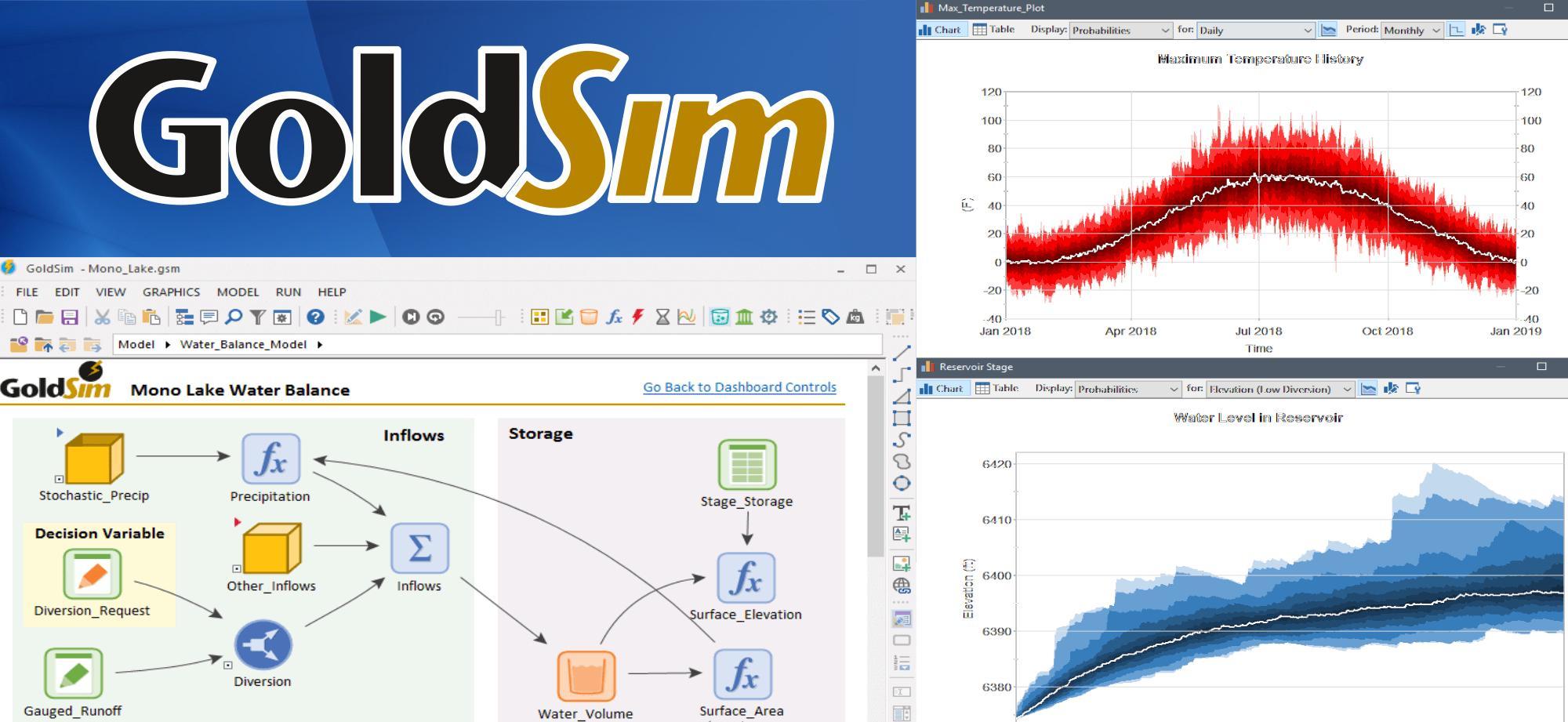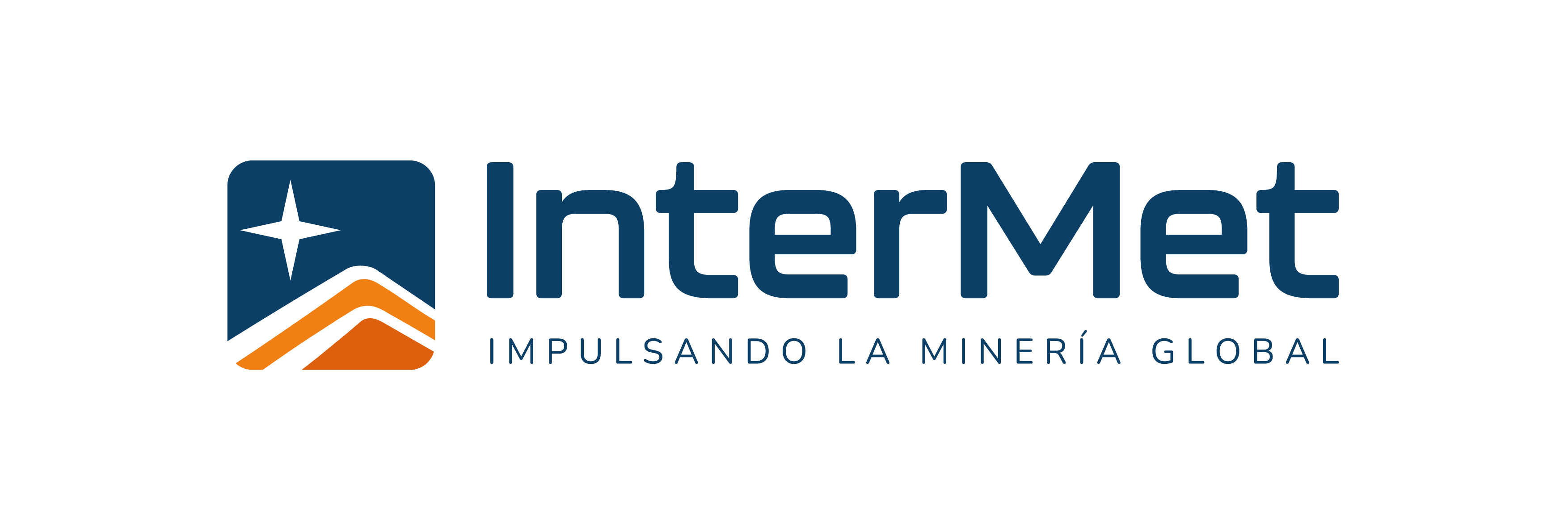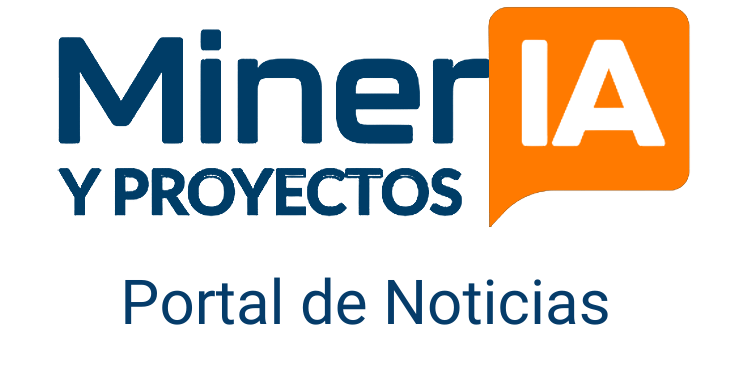GOLDSIM® : MINING APPLICATIONS

INTRODUCTION
GoldSim is a highly graphical, object-oriented computer program for performing dynamic and probabilistic simulations. In a sense, GoldSim is like a «visual spreadsheet» that allows you to create and manipulate data and equations visually.
GoldSim is a simulation program. As used here, simulation is defined as the process of creating a model (i.e., an abstract representation or facsimile) of an existing or proposed system (e.g., a business, a mine, a watershed, a forest, the organs of your body, the atmosphere) in order to identify and understand those factors that control the system and/or predict (forecast) the future behavior of the system. Almost any system that can be quantitatively described using equations and/or rules can be simulated.
Simulation is an important tool because it provides a way in which you can evaluate alternative designs, plans, and/or policies without having to experiment on a real system, which can be prohibitively expensive, time-consuming, or simply impractical. That is, simulation allows you to ask «What if?» questions about a system without having to experiment with the actual system (and thus incur the costs and delays associated with field testing, prototyping, etc.).
Because GoldSim was designed with flexibility in mind, you can use it to simulate almost any type of system. Illustrative examples from the fields of business, science and engineering include the following:
APPLICATIONS
Strategic planning:
Can simulate the implementation of a complex task (e.g., design, manufacture, and marketing of a new product) by describing the tasks involved, any prerequisites (i.e., what must be done before a particular task can be started or completed), task durations and costs, and events that might affect the process. The result of such a simulation could be the probability of successfully completing the undertaking (in a certain period of time or at a certain level of profitability). You could use the results to identify potential problems that could arise and design contingency plans. On a larger scale, such a tool could be used to evaluate and manage project and investment portfolios
Ecology:
The growth of a group of animals could be simulated by representing in mathematical terms the initial number of animals, the birth and mortality rate, the rate at which animals migrate into or out of the group, possible catastrophic events, etc. The result of this simulation would then be the number of animals in the group as a function of time (e.g., one year from now, ten years from now, etc.). You could use the results to better manage the system to stabilize or increase the population (e.g., by limiting hunting or introducing predators).
Environment:
You can simulate the performance of a hazardous waste site by describing the initial conditions (e.g., the geometry of the system, the amount of contaminants in the system) and the processes acting on the system (e.g., degradation of the drums containing the waste degradation, migration of contaminants through the environment). The output of this type of simulation would be contaminant concentrations around the site as a function of time. You can use the results to design remediation measures that minimize environmental impacts at the site.
Reliability engineering:
The reliability of a proposed satellite system could be simulated by describing the system components and the processes and events that could compromise system integrity and cause failures or downtime. The results of this type of simulation would include the expected reliability of the system and the probability and consequences of different types of failures. You could use the results to modify the design to maximize reliability and minimize the probability and/or consequences of failure.
Manufacturing:
It can simulate the dynamics of a manufacturing supply chain by defining the «links» in the chain (retailer, distributor, manufacturer, tier 1 supplier(s), tier 2 supplier(s), etc.) and how these coupled organizations interact with each other. other. The model would simulate the movement of materials (from parts to finished product) along the supply chain and could be used to identify ways in which the system could be modified (e.g., through technology or better decision rules) to operate more efficiently.
SUBJECT
THEORY ( 8 HOURS )
- GoldSim in a nutshell
- Understanding the simulation
- Dynamic Simulation
- Probabilistic Simulation
- Steps to perform a simulation
- The power of simulation
- What is Gold Sim?
- A powerful and flexible simulator
- The system integration tool
- The visual information management system
- GoldSim basics
- The GoldSim simulation environment
- Elements: The basic building blocks in GoldSim Linking Elements
- A simple example
- Understanding Dynamic Simulation
- GoldSim is dimension aware
- Representation of uncertainty
- Representation of feedback loops
- Simulation of delays
- Top-down hierarchical model building
GOLDSIM USER GUIDE
- Additional Feature Elements
- Advanced Features
- Array Manipulation (Vectors and Arrays)
- Discrete Event Modeling Turning parts of a model on and off
- Controlling the time step in a model
- Performing iterative (looping) calculations
- Dynamic linking to spreadsheets
- Importing entries from a database
- Creating custom elements using scripts
- Dynamically linking to external models
- Building large and complex models
- Modeling scenarios
- Optimizing a model
DISCRETE EVENT SIMULATION
OPERATION OF A MODEL
DISPLAYING RESULTS IN GOLDSIM
CASES TO BE DEVELOPED (12 HOURS)
ENG. CARLOS DE LA TORRE
Graduated from the Faculties of Chemistry and Chemical Engineering of the Catholic University and Engineering (Lima, Peru) respectively. Master in Chemistry (PUCP) and Master in Chemical Engineering (UNI) and currently pursuing doctoral studies in Chemical Engineering. He has also followed different courses that complement and update his theoretical and practical knowledge in the field. Knowledge of digital electronics and computing. Extensive knowledge of Simulation Software: Super Prodesigner, Chemcad, Metsim, Modsim, AFT Phatom, Labview, Aspen Plus, Hisys, Mathlab, Simulink, Modsim, LIMM, JKSimmet, GoldSim; Application Software: Microsoft Office XP, Auto Cad, C Language, Visual Basic, Pascal, Corel, Flash, PhotoShop, etc.Extensive experience as Leader of mining and industrial process design, having developed and directed designs in his specialty for projects executed by mining companies: Antamina, Buenaventura, El Brocal, Shougang, Hochschild Mining and Milpo among others. Experience in chemical instrumentation and project development. Chemical analyst with experience in industrial processes for the manufacture of lime, cement, bricks, mortars, concrete; as well as metallurgical processes in aspects relevant to process design, quality control, combustion, analysis of raw materials and mixtures. Working knowledge of project management under PMP (Project Management Professional), especially in mining and metallurgical projects.
Advanced knowledge of the English language and development of quality control programs in Visual Basic. Experience in implementation, expansion and optimization of chemical process plants as well as development of software simulations in several mining, lime, brick and portland cement companies. Exclusive InterMet instructor

